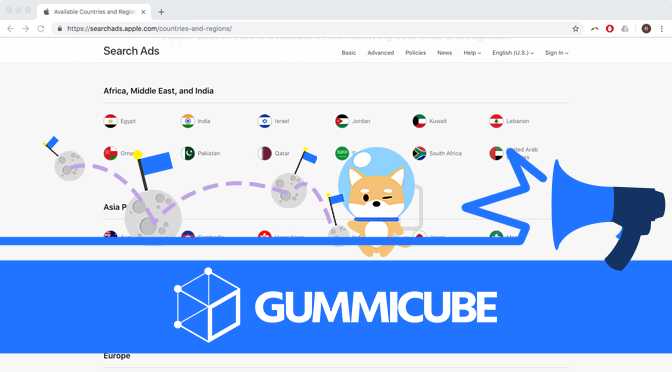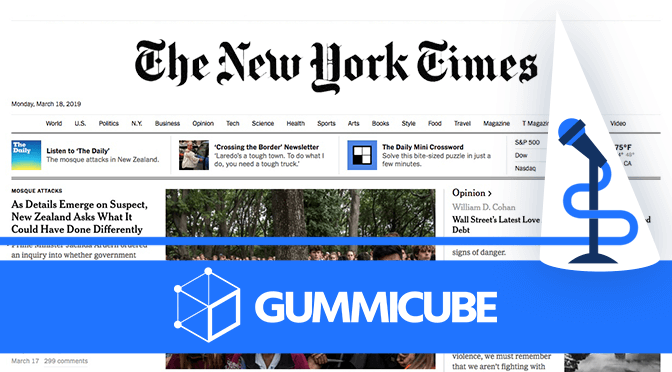
Google Launches 2nd Android Q Beta: What App Developers Should Know
Posted on April 5th, 2019
Google has been steadily working on Android Q, with the release of a new beta. Developers can utilize this to begin preparing their apps for the upcoming release, as well as determine how to utilize the new capabilities in their apps and plan their App Store Optimization strategy.












